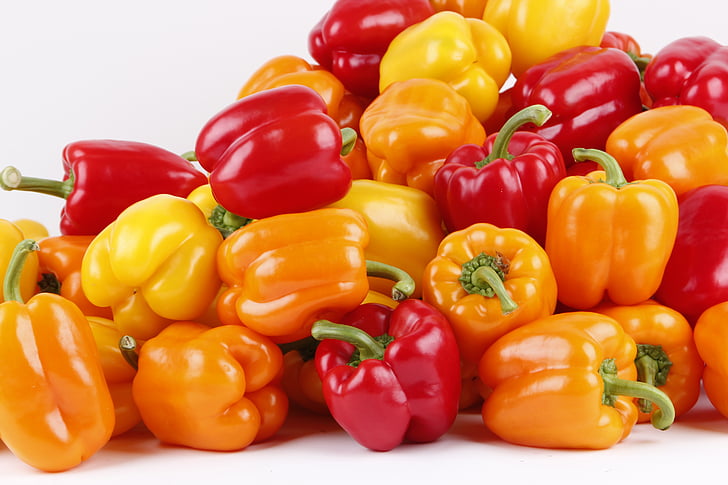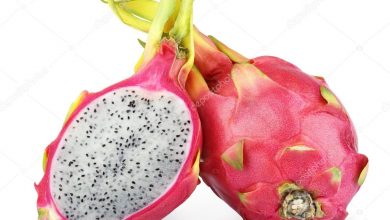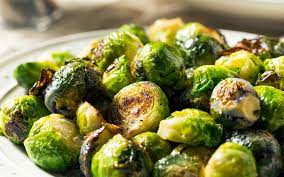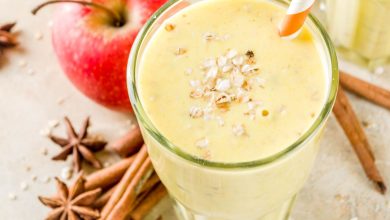Exploring the Variety of Paprika: From Sweet to Smoky

Discover the diverse world of paprika, a versatile spice with a range of flavors and intensities. Learn about the different types of Paprika, their culinary uses, and how they can add depth and complexity to your dishes. From sweet and mild to smoky and spicy, paprika offers a palette of flavors to explore.
Introduction: Paprika is a vibrant and versatile spice that adds a burst of color and flavor to dishes around the world. Derived from dried and ground bell peppers or chili peppers, paprika comes in various forms, each offering a distinct taste profile. In this blog post, we will take a journey through the variety of paprika, exploring its different flavors, culinary uses, and how it can enhance your culinary creations with its unique characteristics.
Understanding the Types of Paprika
- Sweet Paprika: This variety of paprika is mild and slightly sweet, with a deep red color. It is made from ripe bell peppers and adds a vibrant hue to dishes without overwhelming them with heat. Sweet paprika is commonly used in Hungarian cuisine, such as goulash and paprikash.
- Smoked Paprika: Known for its rich, smoky flavor, smoked paprika adds a distinctive element to dishes. It is made by drying peppers over open flames before grinding them into a fine powder. Smoked paprika is a key ingredient in Spanish cuisine, particularly in dishes like paella, chorizo, and patatas bravas.
- Hot Paprika: For those who crave a fiery kick, hot paprika is the perfect choice. Made from spicy chili peppers, it delivers a bold and intense heat to dishes. Hot paprika is widely used in Mexican and Indian cuisines, adding heat and depth to salsas, curries, and chili recipes.
Culinary Uses of Paprika
Paprika is a versatile spice that can elevate a wide range of dishes. Here are some popular culinary uses for paprika:
- Seasoning for Meat and Poultry: Paprika is a fantastic seasoning for meat and poultry, adding both flavor and color. Rub it onto chicken, beef, or pork before grilling, roasting, or sautéing to infuse the dish with a warm and smoky note.
- Flavor Booster for Soups and Stews: Whether you’re preparing a hearty soup or a comforting stew, paprika can enhance the flavors and add depth. It complements ingredients like tomatoes, onions, and garlic, providing a savory and aromatic base to your dishes.
- Garnish and Finishing Touch: Sprinkle a pinch of paprika over deviled eggs, roasted vegetables, or creamy dips to add a pop of color and a subtle hint of flavor. It not only enhances the visual appeal but also introduces a delightful taste element.
Tips for Cooking with Paprika
- Choose the Right Type: Consider the flavor profile you want to achieve and select the appropriate paprika variety. Sweet paprika for a mild and sweet note, smoked paprika for a rich smokiness, or hot paprika for a fiery kick.
- Proper Storage: To maintain the freshness and flavor of paprika, store it in an airtight container in a cool, dark place away from direct sunlight.
- Toasting for Enhanced Flavor: To deepen the flavors of paprika, you can toast it lightly in a dry pan over low heat before using it in your recipes. Be cautious not to burn it, as it can turn bitter.
FAQs
Q1: Is paprika spicy? Paprika comes in different varieties, ranging from mild and sweet to hot and spicy. The level of spiciness depends on the type of peppers used. Sweet paprika is not spicy, while hot paprika packs a fiery punch.
Q2: Can I substitute paprika with other spices? While paprika has a unique flavor, you can experiment with substitutes like cayenne pepper, chili powder, or a combination of smoked paprika and cayenne pepper, depending on the recipe’s requirements.
Q3: Is paprika only used for savory dishes? While paprika is commonly used in savory dishes, it can also add a touch of flavor to certain sweet recipes, such as desserts, spice cakes, or flavored chocolates.
Conclusion
Paprika is a delightful spice that brings depth, color, and flavor to a variety of dishes. With its range of flavors, from sweet to smoky, paprika offers endless possibilities for culinary exploration. Whether you’re creating Hungarian classics, Spanish delicacies, or adding a kick to your favorite recipes, paprika has the ability to transform ordinary dishes into extraordinary culinary experiences. Embrace the variety of paprika and let its vibrant hues and distinct flavors inspire your culinary creativity.




